Announcer:
The following program is a PBS Wisconsin original production.
Frederica Freyberg:
I’m Frederica Freyberg. This week on “Here & Now,” lessons learned about the impact COVID-19 had on the Memorial Day weekend. We will talk with State Epidemiologist Dr. Ryan Westergaard. Also, tourism in the Northwoods, some insights from Krystal Westfahl with Minocqua Chamber of Commerce. Plus our weekly one-on-one with Governor Tony Evers. It’s “Here & Now” for May 29.
Announcer:
Funding for “Here & Now” is provided by the Focus Fund for Journalism and Friends of PBS Wisconsin.
Frederica Freyberg:
This past weekend, Wisconsin came out of coronavirus hibernation in droves and with warm weather this coming weekend, it will be more of the same. Wisconsinites headed to the water for boating and other activities to launch the unofficial start of summer. As Wisconsin reopens, state leaders are keeping a watchful eye on this social experiment.
Each week, since the pandemic started in mid-march, we have checked in with Governor Tony Evers to get the newest information on the state’s response to COVID-19. I talked with Governor Evers earlier today as we read into another summer weekend. But first, we began with his reaction to the death of George Floyd, who was killed when a Minneapolis police officer pressed his knee onto Floyd’s neck. That officer has now been charged with murder. And, governor, thank you very much for being here again.
Tony Evers:
Thank you. Thanks, Frederica.
Frederica Freyberg:
Well, you put out an impassioned statement today on the death of George Floyd saying this was not an anomaly and with it we relive the pain of the death of black Wisconsinites like Dontre Hamilton. You say that we must see the trauma, fear, and exhaustion of being black in our state and our country. My question to you is, and then what?
Tony Evers:
Well, it is– it’s a personal statement that I had there, but as a state and as a nation, we do have to grapple with the issue of racism and how issues are dealt with disproportionately. Whether it’s issues around the pandemic or issues about whether people walk away from an incident with police officers and live. And so it is– it is time for all of us to reflect on that and make sure that our hearts are in the right place. Obviously, there’s policies that we can look at to change things, but at the end of the day, the change has to happen internally and I’m just– it’s such a depressing situation. But we can rise above it. But we have to address it.
Frederica Freyberg:
There was protest in Milwaukee this afternoon, the title of which was “No more being stood on; we can’t breathe.” Milwaukee, as you know, suffers some of the worst inequalities in the nation. Are these conditions urgent for you, a public emergency of sorts?
Tony Evers:
Yeah, absolutely. I had a chance to talk to several leaders in the Milwaukee community, including elected officials, but also community leaders today, and clearly this is something that we all take seriously. We just– you know, it’s always easy once we’re a week or two out from this to say– to not think about it. But this is a watershed motion for– time for our state and for our nation. I’m very hopeful that we can take a look at racism, how it impacts people’s lives and how issues around disproportionate health care outcomes affect certain people differently, certainly people of color differently, and economically, housing, you name it. There’s a disproportionationality, frankly, on all issues that face us. And so, yes, it is going to be an ongoing issue that we need to talk about.
Frederica Freyberg:
As if to mirror the disparities of which you speak in Milwaukee, COVID-19 numbers and deaths there are disproportionately affecting African-Americans and Hispanics. And now the state reopens. Today we see that there were 733 new COVID-19 cases and 18 new fatalities. Your comment on those numbers?
Tony Evers:
Well, they’re high, obviously. And we’re testing more, so that does play a role in this. But at the end of the day, we need to continue to do the really important things, you know, social distancing, making sure we’re six feet ahead, making sure our hands are clean, wear a mask. All those things are important. And we need to keep emphasizing that. Clearly– but I want to cycle back. This issue does impact people of color in a really extraordinarily different way and a negative way. And if– as a state, if we don’t state to take on that issue seriously– you know, I’ll just go back to something I worked on last year around our budget with Medicaid expansion. We could have had– we could have had resources to deal with those disproportionate health outcomes. Instead of having it be shown up again in this pandemic, we could be working on it right now. Unfortunately, we couldn’t get the legislature to think through that.
Frederica Freyberg:
What do you think in the midst of all of this when you see crowds of people as summer breaks here not wearing masks and not social distancing?
Tony Evers:
I understand being cooped up. That isn’t anything anybody likes. But if we are going to go out, we do need to do the things that are important. It disappointments me when it does happen, when I see pictures of that, that people are congregating right next to each other without masks. That doesn’t work. The virus doesn’t really care about you being cooped up in your house. It’s going to infect you. And so we just have to keep reminding people. I think our business leaders for the most part do believe that these things are important and they’re implementing those things in their places of work. But it’s outside of that realm that scares me.
Frederica Freyberg:
All right. Governor Evers, we leave it there. Thank you very much for your information and comment today.
With more testing available, Wisconsin is seeing a surge in the number of reported cases. At the same time, the Department of Health Services announced it is aiming to hire 1,000 more contact tracers to track the spread of COVID-19. It’s a job local health departments have been required to undertake on their own for several months. Marisa Wojcik talks with two local health officials in southeast Wisconsin about this crucial step in tracking the outbreak.
Man:
Okay. So we just have to go through this positive interview form.
Marisa Wojcik:
If you test positive for COVID-19, you may get a call that sounds a little like this.
Man:
Have to go through some symptoms and then some preexisting medical conditions as well as documenting any kind of contacts you may have had.
Marisa Wojcik:
It’s from a contact tracer, and there’s a network of them across the state tracking the spread of the disease.
Kirsten Johnson:
If we can identify a positive case and the people who they were potentially in contact with, we can literally wrap our arms around that population, that pocket of people and ensure that they are no longer spreading the disease to others.
Marisa Wojcik:
Kirsten Johnson is the director of the Washington-Ozaukee Public Health Department, an area that has been able to maintain a relatively low number of positive cases.
Kirsten Johnson:
We have contacts that have been at home for days and just went to the grocery store and saw a friend and spoke to them for 15 minutes. And then they’re suddenly considered a close contact if their friend was positive. But that’s it. And then we have other situations where people live in a congregate setting and interact with many people which then, as you can imagine, creates a– it becomes much more complicated. This was a contact tracing of a fire department and numbers of infections at each station.
Marisa Wojcik:
As the state begins to open up, aggressive testing and contact tracing are health officials’ best lines of defense. The more people get tested, the more contact tracing occurs and in turn, more people get tested.
Margaret Gesner:
It becomes this continuous process for us and it loops back around.
Marisa Wojcik:
Margaret Gesner leads the Central Racine Public Health Department and a county experiencing the third largest outbreak in the state. She says they have five contact tracers, but for the population she oversees, they need an average of 75.
Margaret Gesner:
So you can see that we’re nowhere close to where we need to be. You know, we don’t live on an island. And so I think that we should all be concerned.
Marisa Wojcik:
Local public health departments are doing their best to meet the demand.
Kirsten Johnson:
We are taking it out of our undesignated fund balance and we’re just running a negative.
Marisa Wojcik:
But funding is in short supply to pay for contact tracers.
Kirsten Johnson:
People are absolutely the most expensive resources and we need– I think the critical need right now especially given that the state is starting to open up is contact tracers. Just to be able to handle the spread of the virus that we know is going to happen.
Marisa Wojcik:
For “Here & Now,” I’m Marisa Wojcik.
Frederica Freyberg:
For additional in-depth reporting on contact tracing in Wisconsin, visit our partner news site at WisContext. This week, a look at how contact tracing is working in Ozaukee, Racine, Dane and Oneida Counties. That’s WisContext.org.
From contact tracing to other trends in the fight against coronavirus, Dr. Ryan Westergaard, Wisconsin State Epidemiologist, monitors the pulse of what is happening across the state. As Wisconsin lurches forward with reopening, he will play a pivotal role in Wisconsin’s approach in the coming weeks. Dr. Westergaard, thank you for joining us again this week.
Ryan Westergaard:
I’m glad to be back. Thank you.
Frederica Freyberg:
What are the numbers of positive cases and deaths trending like right now?
Ryan Westergaard:
Well, today– every day we report the sort of new updated numbers that get reported to us from the previous day. Today there were 512 new positive cases, just over 10,000 new negative case results and an additional 11 deaths reported. So these numbers are in line with what we’ve been seeing on average in the past week and a little bit higher than they have been compared to say two weeks ago.
Frederica Freyberg:
What explains that because I know during a midweek briefing you said that with 599 new positive cases day over day and then the largest number of deaths in a single day at 22 on Wednesday, you said that there are more people in the community now than there were two weeks ago that had the infection. Is that a measure of more testing or something else?
Ryan Westergaard:
Well, it is true that we’re doing more testing overall. In a given day, we’re doing 10,000 new tests. So the chances that we will capture much higher proportion of the people who are infected is definitely– is definitely possible and it might be just that we’re testing more people. But there’s a couple other sources of information that are also slightly trending in the wrong direction. The number of hospitalizations is higher than it was two weeks ago and, as you mentioned, the number of deaths overall. So we don’t have perfect information to know the true status, but when we look at a couple different ways of looking at it, it looks like the level of community transmission in Wisconsin is a little bit higher than it was a couple weeks ago.
Frederica Freyberg:
So does that mean that ending the “safer at home” order has something to do with this? Is this what is happening now?
Ryan Westergaard:
Well, as– you know, in public health and really all of science, it’s really hard to say that one occurrence definitively caused something else. When we’re talking about something like an epidemic, there’s many different factors that determine the size and the speed of community transmission. So we can’t pin it on any one thing. But we do know that the virus is transmitted from close contact between people. So if there’s a relatively low level of transmission in the community, as more people interact closely without protections of social distancing and masks, the chances are that the risk of transmission will be higher.
Frederica Freyberg:
So what goes through your head when you see images like those from Lake Geneva over the Memorial Day weekend, with people really not social distancing or wearing masks and very tightly crowded?
Ryan Westergaard:
Yeah. Well, goodness, a lot of things. So I’m from Lake Geneva. I grew up in Walworth County. So when I see those images, I mostly feel sort of a sense of purpose and mission. Like these are my people. And I feel really challenged to know are we doing everything we can. Am I doing everything I can to help our team in public health and our health care collect the right information, communicate information in the right way that people know what they need to know to stay safe. Because when I see that people are living their lives, people are doing what all people in the world do is just trying to be happy and live a full life, and I think we in public health, that’s what our goal, is for people to do that and to not have to think about us in public health. But I think the success is going to really be how well can we do those things. How well can we say we’re really in this together. The health care teams, the public health teams and the community, we really all need to feel aligned and have the same mission. So I feel like from sitting in a place working in public health, how do we support people to keep them safe and help them do the things they love to do. That’s really our goal.
Frederica Freyberg:
So you see those images. Do you feel as though people are ignoring the message that you relay day after day, week and month after month?
Ryan Westergaard:
It’s hard to know. I think people hear the message that there is a risk in the community. But I also think that people are smart enough to see that the levels are relatively low and they make decisions. The thing I think is hard for people to understand is that the things that we’re doing now in the summer ideally is going to help us drive the epidemic to a small enough level that when respiratory virus season picks up, when flu starts circulating and more people are getting colds, we really want to feel like we’re in a good position that we know where all the coronavirus cases are and know how to contain them. If we don’t do that and the risk is that COVID-19 spreads in a similar fashion as corona– I’m sorry, as seasonal influenza, we could really be in a situation of having a big surge. So I think that people understand how the virus is transmitted. What I feel like we need to do a better job communicating is how important it is for us to shrink this epidemic as small as we possibly can right now to get prepared for the four to six months down the road.
Frederica Freyberg:
So should there be that surge in four to six months down the road, is Wisconsin better prepared than we were when this first started?
Ryan Westergaard:
Oh, yes. Definitely so. So the two biggest tools that I think we have that we didn’t have two months ago are the ability to test a large number of people. Now, it’s not as high– we’re probably not at the capacity where we test every single person who has any symptom on that list, which can be, you know, sore throat, headache. If we really wanted to test everybody with those symptoms, we would probably still have some space to go for testing. But we’ve made many, many strides in getting test capacity. The other thing that was really critically important and different a couple months ago was the shortage of personal protective equipment. Our hospitals now feel they are not in a crisis situation with masks. There’s still a shortage. We’re still reusing N95 masks in ways that we didn’t typically but we’re not necessarily postponing needed care because of that. So we’re not exactly where we want to be, but clearly in a much better position of being ready than we were say two months ago.
Frederica Freyberg:
All right, we leave it there. Dr. Ryan Westergaard, thanks very much.
Ryan Westergaard:
Glad to be here.
Frederica Freyberg:
The warmer weather across the state and coronavirus fatigue has some people ready to enjoy some summer fun. Tourist destinations like the Wisconsin Dells are expecting to see another influx of tourists from Illinois, Iowa and Minnesota. Tourism businesses throughout the Dells are cautiously optimistic heading into a summer season like they’ve never seen before. Visitors once again are starting to stop, shop and eat at some of their old favorites.
James Schmitz:
You know, they’re slowly trickling in. But, you know, we’ll take what we can get right now and hopefully we can bring them all back soon.
Frederica Freyberg:
One of the places you will notice immediate changes are in restaurants, where new guidelines are being used to limit the spread of coronavirus.
James Schmitz:
We took out some tables and we went every other table for seating, spaced them six feet apart. We took out half our bar seats and kind of spaced out some seats there. We also follow the guideline of only six people in a group. Every hour we wipe down railings, door handles, anything that people touch. We also wear face masks to protect ourselves and the customers. Planning for the worst and hope for the best.
Frederica Freyberg:
From the Wisconsin Dells, we head up north, where tourism means fishing, boating and cabin season. Along with those tourism dollars also comes an increased risk for a larger COVID-19 outbreak in an area largely spared so far. In the Northwoods and other rural areas, medical facilities are not as well-equipped to handle a surge while also dealing with the needs of its elderly population. The Minocqua Chamber of Commerce is keeping a watchful eye on the impact of COVID-19. With the Memorial Day weekend in the rear view mirror, what was learned to move forward for the rest of this summer season? Krystal Westfahl is the executive director of the Minocqua Chamber of Commerce. We spoke with her earlier this week and Krystal, thank you very much for being with us.
Krystal Westfahl:
Thank you for having me.
Frederica Freyberg:
So what was Memorial Day weekend like? Was it busy?
Krystal Westfahl:
Surprisingly, yes. We actually were a little taken aback by how busy it actually was. We knew that folks were looking to come here early on when the “safer at home” orders were put in place both in Illinois and Wisconsin. We had seen a rush of folks coming up, especially for those second home owners. We were not tracking leisure travel quite as closely. We knew we were having second home owners coming up. Resorts, they were still going strong. They could socially distance. But leisure travel actually spiked. And we had on average pretty close to a normal Memorial Day weekend up here.
Frederica Freyberg:
Wow. That is actually amazing to hear. What steps are business taking to stay safe both for their employees but for their customers as well?
Krystal Westfahl:
Well, we certainly have a mixed bag up here. With the Supreme Court ruling coming so close to Memorial Day weekend, some of our businesses were just completely unprepared for opening as quickly as they needed to be. Personal protective equipment for themselves, their employees and visitors were a scarcity within our small businesses. You know, we’re talking two or three employees per retail shop, you know, and small, tight quarters. These are old businesses that have been around for a long time, old building structures. So social distancing was something that we were all working through kind of on the fly. I would say that, you know, it was split almost by thirds with people that were not opening because they just weren’t ready. Those that were going to be open, due to the fact that they had sort of already been preparing for this. And then, thirdly, we had some businesses that were just able to, you know, kind of make it work. So it was all across the board. We were just really encouraging folks to call ahead, make sure that the business they were going to be going to was open and able to accommodate what they needed.
Frederica Freyberg:
How were any of the restrictions being met by the visitors who were coming into town?
Krystal Westfahl:
That is also a mixed bag. We noticed on average in the Northwoods as a whole, not just in the Minocqua-Arbor Vitae-Woodruff area which I support, but all the way up through Boulder Junction, Sayner-Star Lake, Presque Isle. All the way up to the border, we were seeing businesses reporting, you know, folks not social distancing, no masks being worn to the other extreme, where people were just coming up and staying in their resort, not leaving the place that they were coming to visit. So, again, it was a matter of extremes through the weekend between businesses and visitors. A lot of folks didn’t know quite what they were supposed to be doing at this point, I think.
Frederica Freyberg:
So is there a certain amount of trepidation on the part of the local community as tourists flock back into the area or is this exactly what businesses have been waiting for?
Krystal Westfahl:
Again, it’s a matter of extremes. We do have a lot of locals that are letting us know daily that they are nervous about this. We do have a rural hospital system, and we know certainly an older population, you know, per capita. So we’re looking at that with worried eyes. But I’m thinking that the people that are able to take the steps to make sure that they are safe are going to continue to be safe. So, you know, we have had a little bit of a– you know, a clash, I would say, between locals and tourism and what they’re looking to the tourists to do on a local standpoint and the tourists thinking that this is the same vacation they’ve always experienced and they want to continue to come up to the Northwoods and experience that same vacation, that same experience. From Oneida County standpoint, I’m part of a tourism council. Multiple chambers of commerce, prior to Memorial Day weekend, we actually put together a PR piece to be played on the local news to talk about making sure that everybody is personally responsible and to be nice. There are a lot of people that are afraid right now. And we want everyone to be nice to one another. That’s what we pride ourselves on here in the Northwoods.
Frederica Freyberg:
In the absence of statewide “safer at home” rules, you spoke about businesses having to kind of scramble when that ended so soon before Memorial Day. Do you wish there were firm kind of local orders that would give guidance?
Krystal Westfahl:
I think we do have local orders that give guidance. I think the bigger issue is that if people aren’t following those guidelines, there are no repercussions. So they are just guidelines. So businesses can follow those or they may not.
Frederica Freyberg:
What lessons were learned from the Memorial Day weekend? I know that some tourist spots in the state are kind of rethinking some of their distancing methods.
Krystal Westfahl:
Yeah. That is something that we are actually discussing today through a county-wide phone call with our local businesses to find are out what were the things that they learned from their experience and how they’re going to do better with the next big rush. Of course, that will be coming up fairly soon with 4th of July holiday weekend and week. That is really kind of our next big benchmark. We certainly see tourism throughout the whole course of the summer. Memorial Day really kicks it off. I would even say the opening fishing weekend really kicks off tourism in the Northwoods. But we’re wanting to make sure we have the steps in place and the guidance to give to our businesses. But it’s all of us working together. We as chambers of commerce and as leaders of our communities, we don’t always have all of the answers right now, either. We’re all in this together, right? We’ve heard that enough and it’s very true. So we’re looking to learn from one another and make those best practices.
Frederica Freyberg:
All right. Well, we really appreciate your time on this and we hope that you have a successful and safe summer. Krystal Westfahl, thanks very much.
Krystal Westfahl:
Thank you so much.
Frederica Freyberg:
That is our program for this week. Be sure to join us online throughout the week for updates on the COVID-19 pandemic at PBSwisconsin.org and then click on the news tab. Thank you for watching “Here & Now.” Stay well, Wisconsin, and we will see you next week. I’m Frederica Freyberg. Have a great weekend.
Announcer:
Funding for “Here & Now” is provided by the Focus Fund for Journalism and Friends of PBS Wisconsin.
Search Episodes
News Stories from PBS Wisconsin

Donate to sign up. Activate and sign in to Passport. It's that easy to help PBS Wisconsin serve your community through media that educates, inspires, and entertains.
Make your membership gift today
Only for new users: Activate Passport using your code or email address
Already a member?
Look up my account
Need some help? Go to FAQ or visit PBS Passport Help
Need help accessing PBS Wisconsin anywhere?

Online Access | Platform & Device Access | Cable or Satellite Access | Over-The-Air Access
Visit Access Guide
Need help accessing PBS Wisconsin anywhere?

Visit Our
Live TV Access Guide
Online AccessPlatform & Device Access
Cable or Satellite Access
Over-The-Air Access
Visit Access Guide
 Passport
Passport

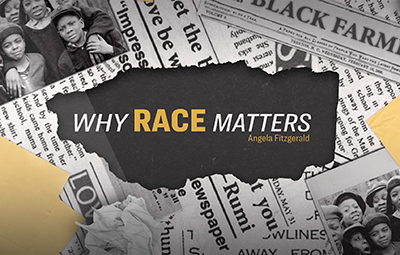
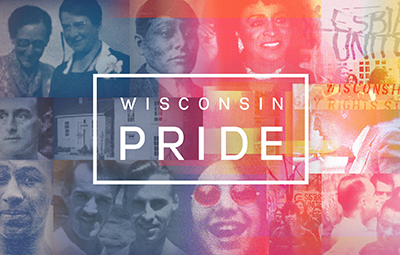


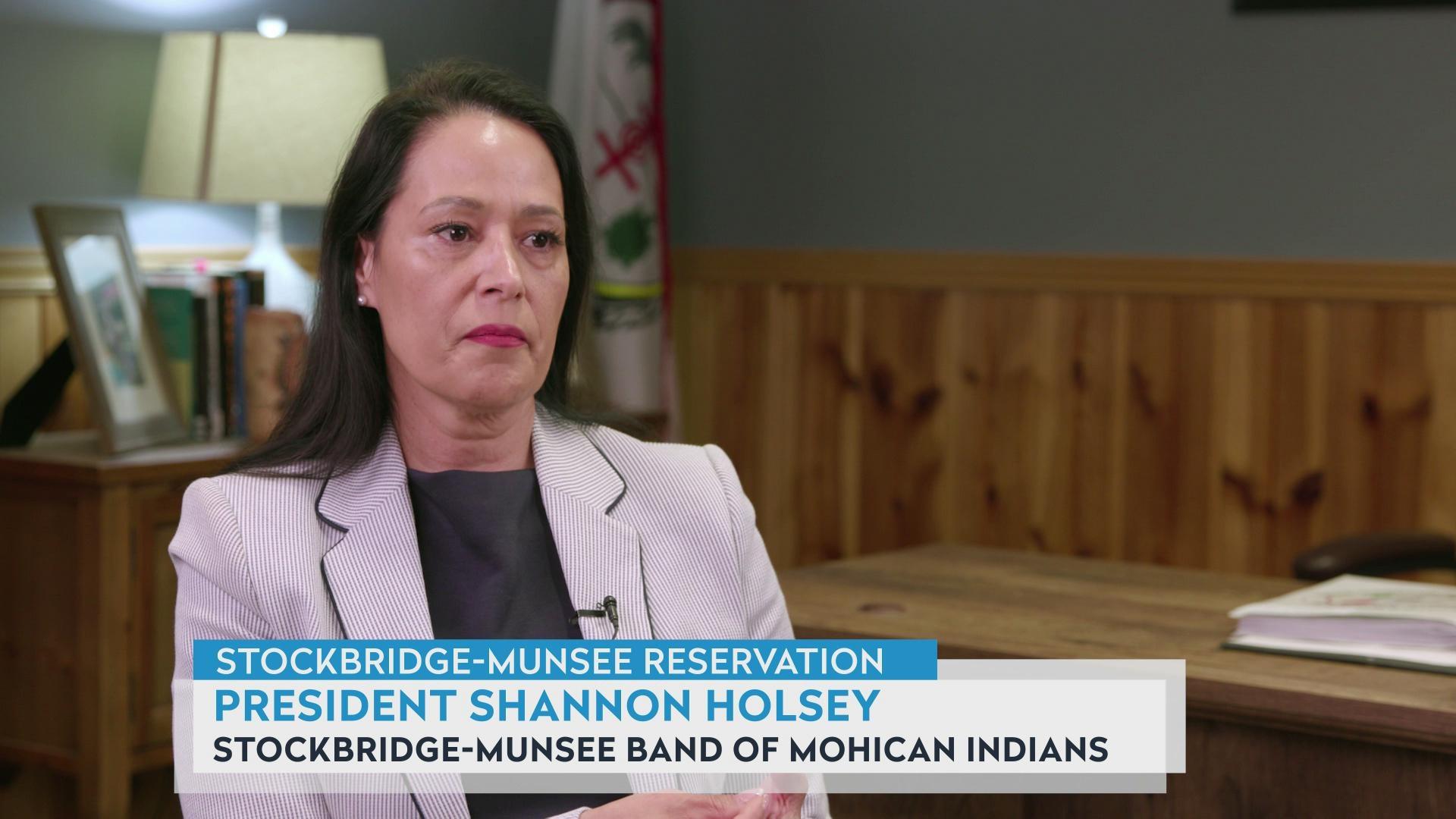

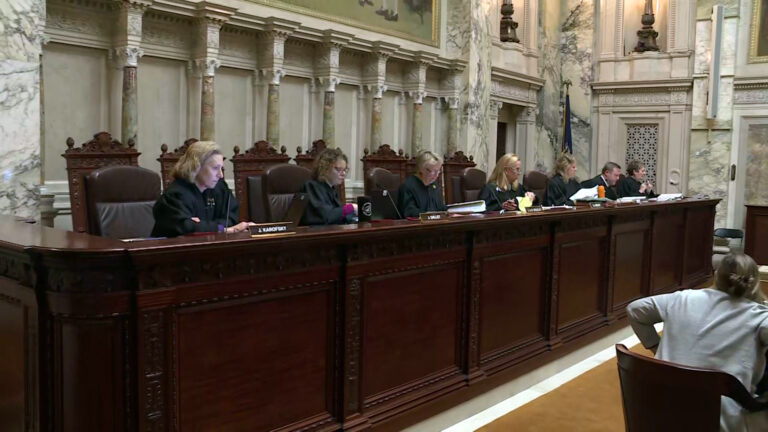
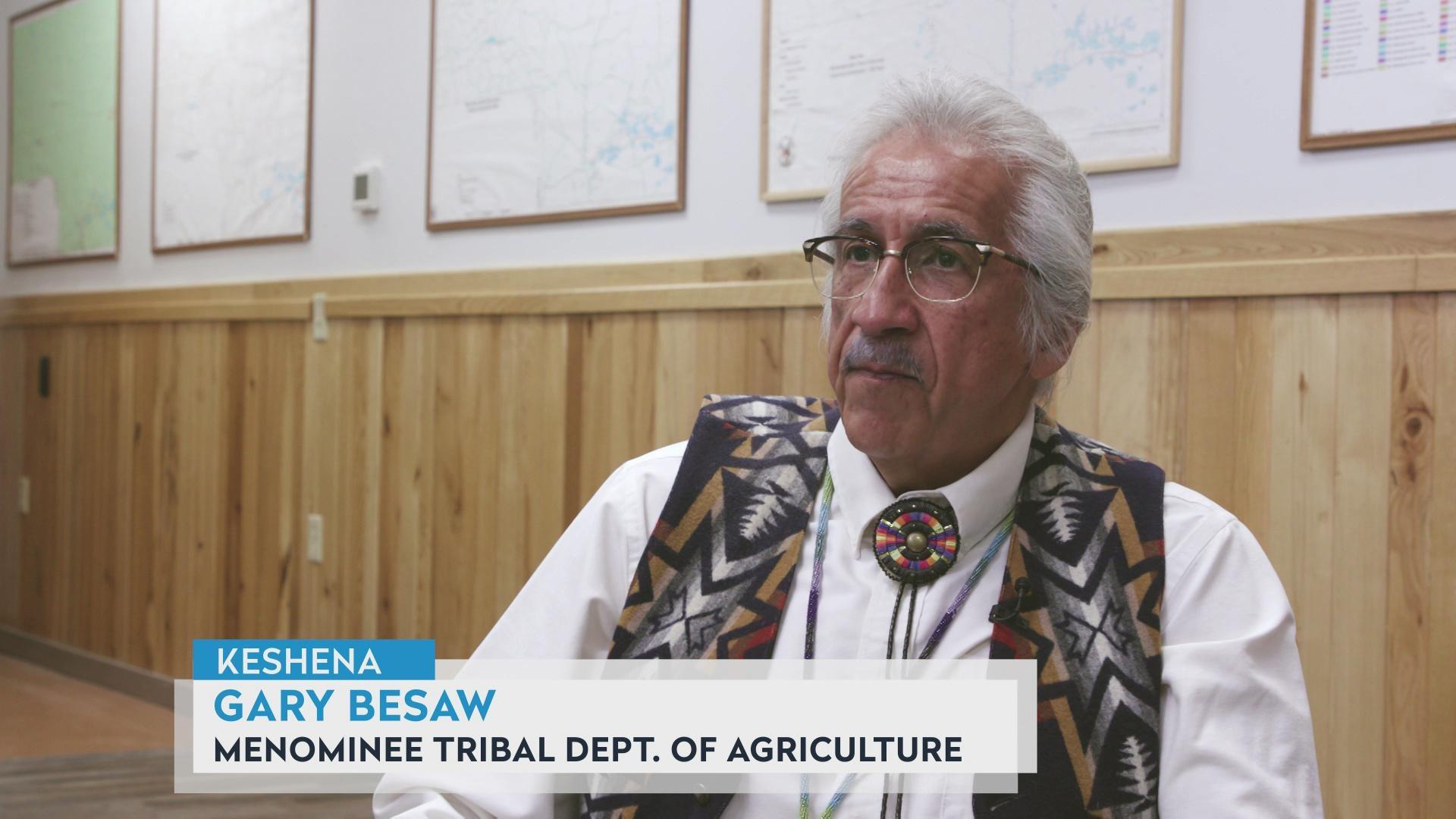
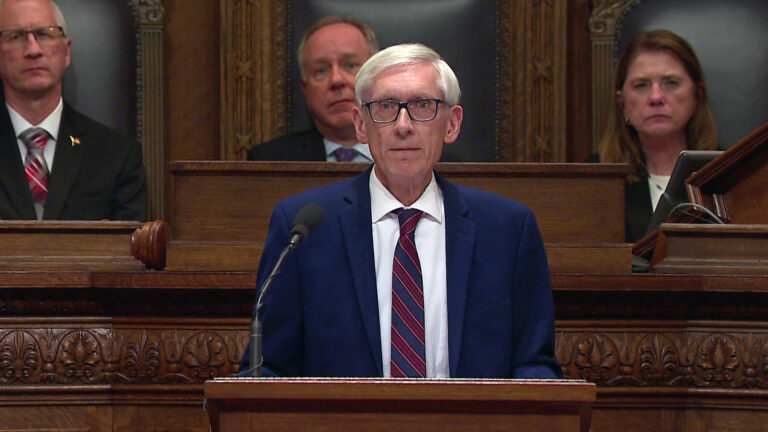
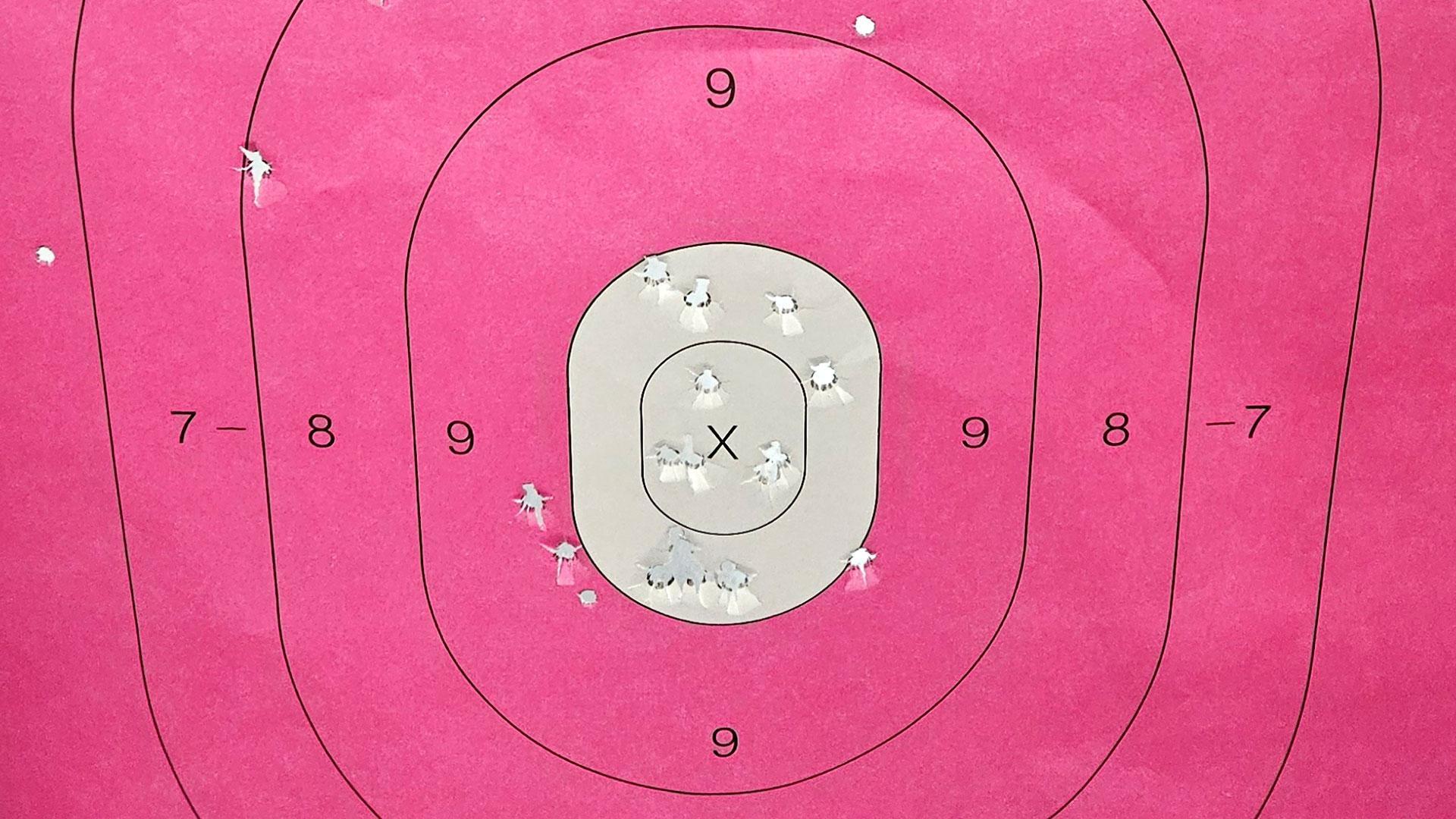
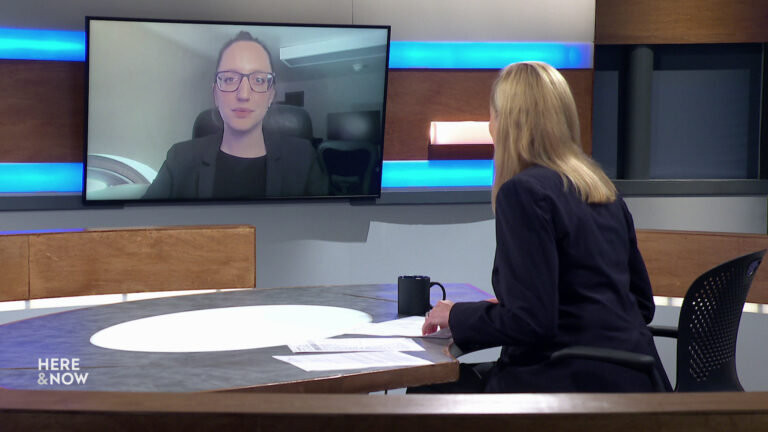
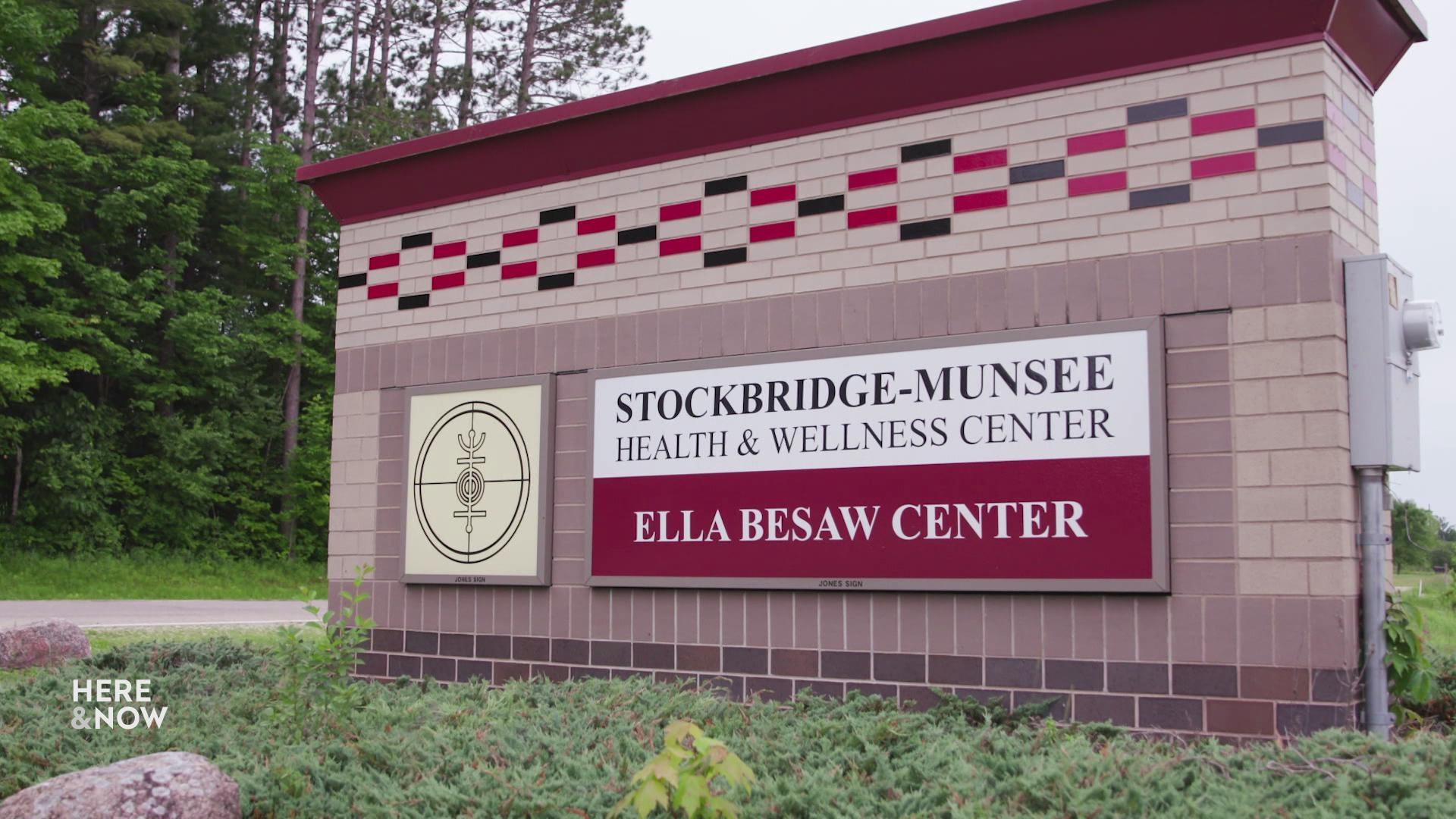
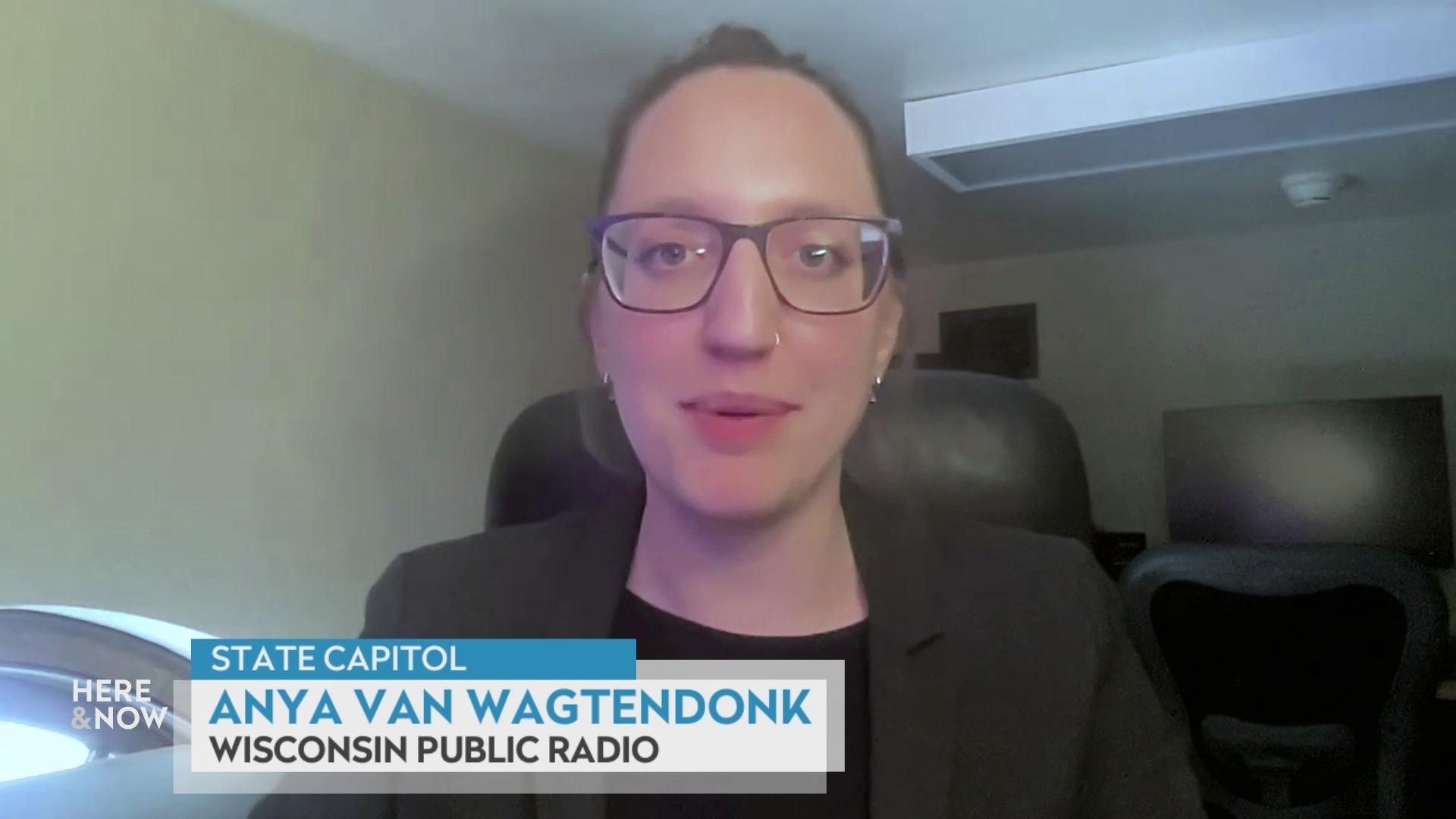
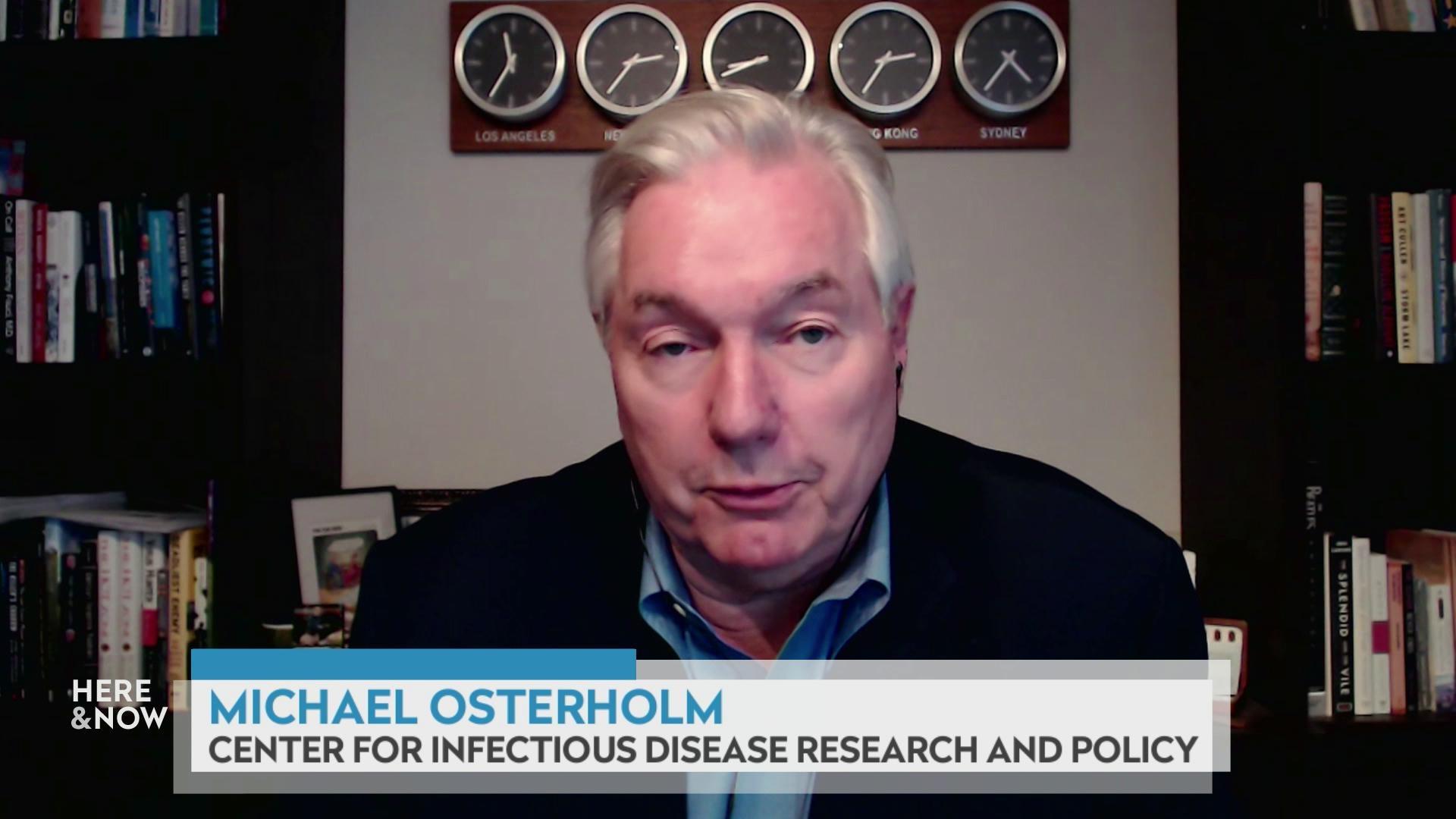
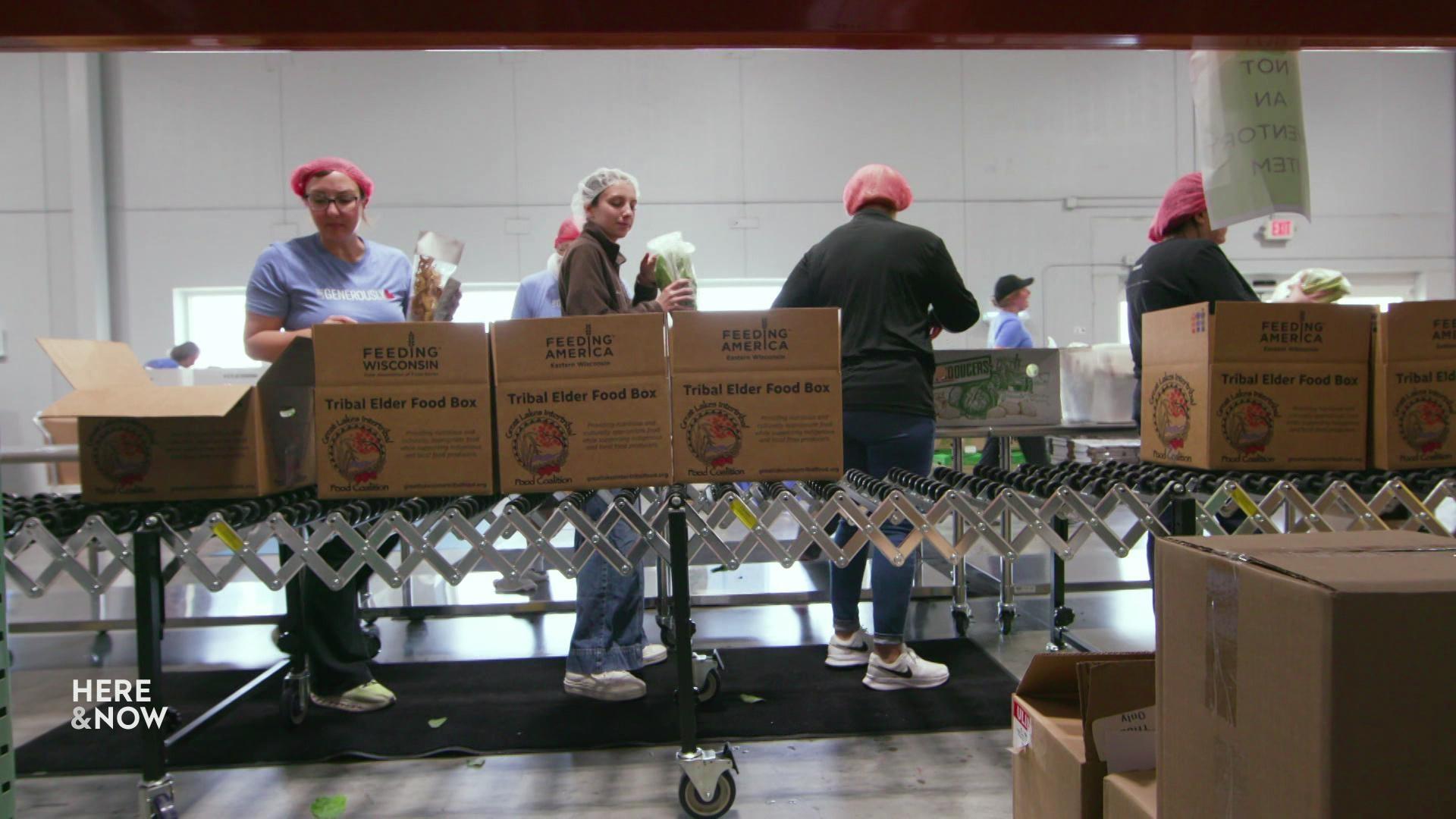


Follow Us